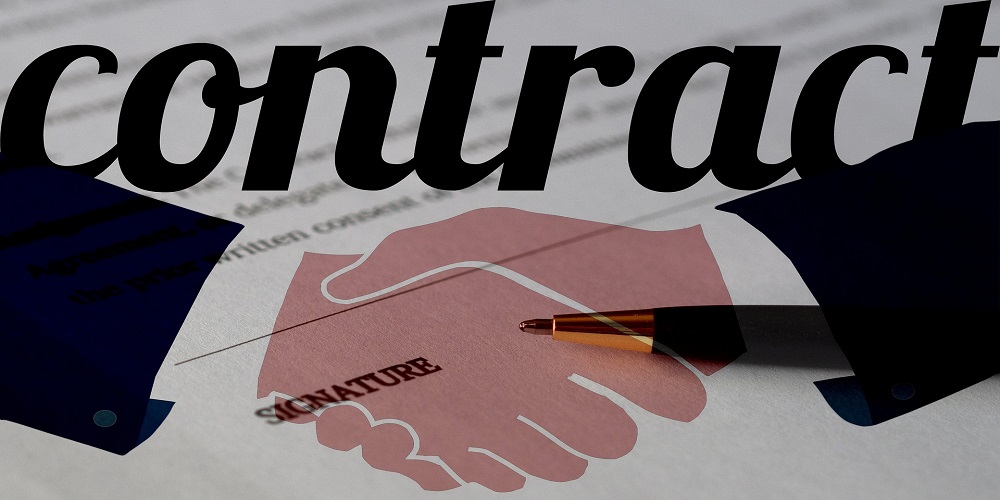A patent is a legal monopoly granted by the government to an inventor for a certain period of time. This period, typically, ends 20 years from the date of filing. The process involves granting the patent to the filer in exchange for publicly disclosing the details of the invention.
In this article, you will learn about the type of inventions you can file a patent for and the different ways to protect and enforce patents and IP rights.

If you are unsure whether you should be filing a patent. Here is a low-down on the type of inventions you should consider obtaining a patent for. Patents can be obtained for:
- New and useful processes.
- Machines
- Manufacturers
- Composition of matter
- Any new and useful improvements in existing machines or processes.
Protecting and enforcing your patents and intellectual property (IP) rights is crucial for any business or individual seeking to safeguard their unique ideas and innovations.
There are several different ways to do this, which include getting patent grants, acquiring trademarks, and copyrights. It also includes utilizing trade secret laws and non-disclosure agreements.
Additionally, it is important to monitor for potential infringement and take immediate legal action if the situation warrants.
For ease of understanding, let’s break the discussion into two parts: Seeking protection and Enforcing protection.
There are 3 crucial steps you need to take in order to seek protection through patent and intellectual property rights:
- Filing a patent application with the Canadian Intellectual Property Office (CIPO) to obtain a patent for an invention.
- Registering a trademark with the Canadian Intellectual Property Office (CIPO) to protect brand names and logos.
- Registering the industrial designs with the Canadian Intellectual Property Office (CIPO) to protect the visual features of the product.
- Securing copyrights by registering with the Canadian Intellectual Property Office (CIPO) to protect literary, dramatic, musical, and artistic works.
Once you have followed all the steps to obtain
- Sending a Cease-and-desist letter to the infringer, warning them to stop the infringement as it’s a breach of the law. If they do not comply then, depending on the nature of the infringement, proceed to file for a lawsuit on account of one of the following:
- Patent Infringement lawsuit.
- Trademark Infringement lawsuit.
- Copyright Infringement lawsuit.
- Industrial Design Infringement lawsuit.
- Participate in legal proceedings such as litigation, mediation, or arbitration to enforce patent and intellectual property rights.
- It is highly recommended to join trade organizations that protect the interests of intellectual property holders. These trade organizations may have domestic reach or may even have reached over international turf; choose according to your need.
- Another effective method to use is customs recordation to prevent infringing goods from entering the country from international markets.
It is always best to consult with a lawyer with experience in law for obtaining patent grants and IP grants to fully understand the options available and choose the best course of action to protect and enforce patent and intellectual property rights.

